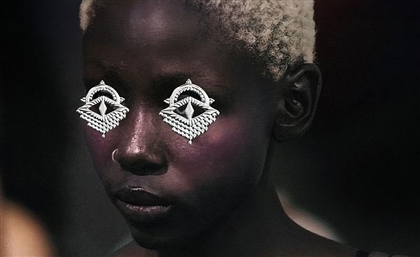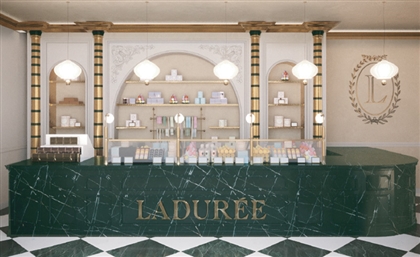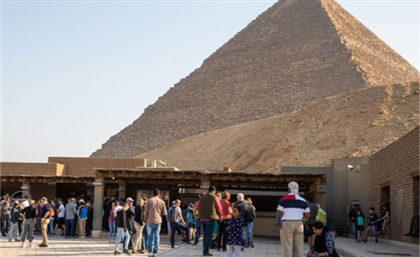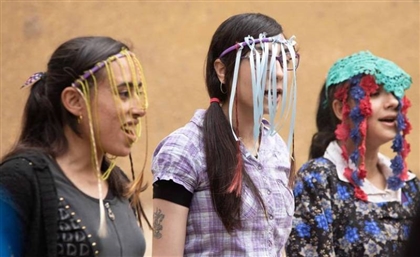How Ancient Egyptians Made Counterfeit Money
Discovered in a region that used to be called Canaan, the counterfeit currency was believed to have been made to cover up the collapse of the Ancient Egyptian New Kingdom.
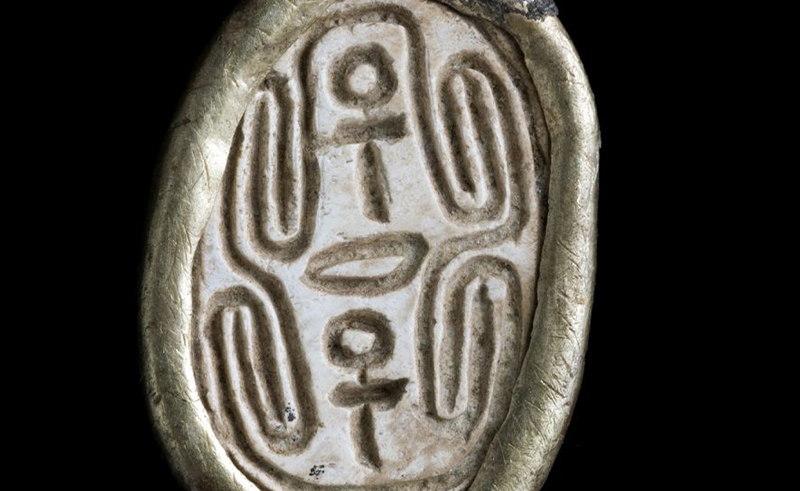
‘Counterfeit money’ is the kind of phrase that feels inherently modern. It's hard to imagine without paper bills and a big central bank to cheat. Back-alley dealings and grimey apartments printing out stacks of fake cash to put into circulation like viruses across cyberspace. But long before that was ever a thing, our ancestors used to do the very same thing. And all they needed was some metals. An archaeological discovery recently unearthed a hoard of ancient Egyptian counterfeits that date back to the New Kingdom in 1200 BC, hundreds of years before coins were even invented.
This faux currency was uncovered by an archaeologist from the University of Haifa in what is now known as Israel, but was then known as Canaan. The region was ruled by ancient Egypt, and remained a part of the kingdom for over 300 years. For most of the ancient Mediterranean, the currency at the time was simple silver. Whether it's in chunks or scraps, the heavier your handful of silver, the more it's worth. So all people had to do to counterfeit them was to mix them in with copper, and coat them with arsenic to give them a silver shine. Sounds low-tech enough, if you disregarded all the melting and smithery involved.
Canaan had few silver ores of its own, so it had to import them from nearby kingdoms. Unfortunately, most of them - including the Hittite Empire, the Mycenaean culture in Greece, and Egypt's New Kingdom - were going through the Late Bronze Age collapse, caused by natural disasters, piracy and a struggling economy. In fact, some historians think the counterfeits might have been made by the Egyptian rulers themselves to cover up the economic troubles they had been experiencing. Eventually, these alloys became accepted as regular currency in themselves. Someone was going to figure the con out back then (copper does turn green, after all), and it seemed enough people decided to just roll with it, at least until silver became more readily available from abroad some centuries later.
- Previous Article Egypt Jumps Up 10 Ranks in 'Global Knowledge Index' 2020
- Next Article DIY Pottery with New Cairo's Fokhara Studios




